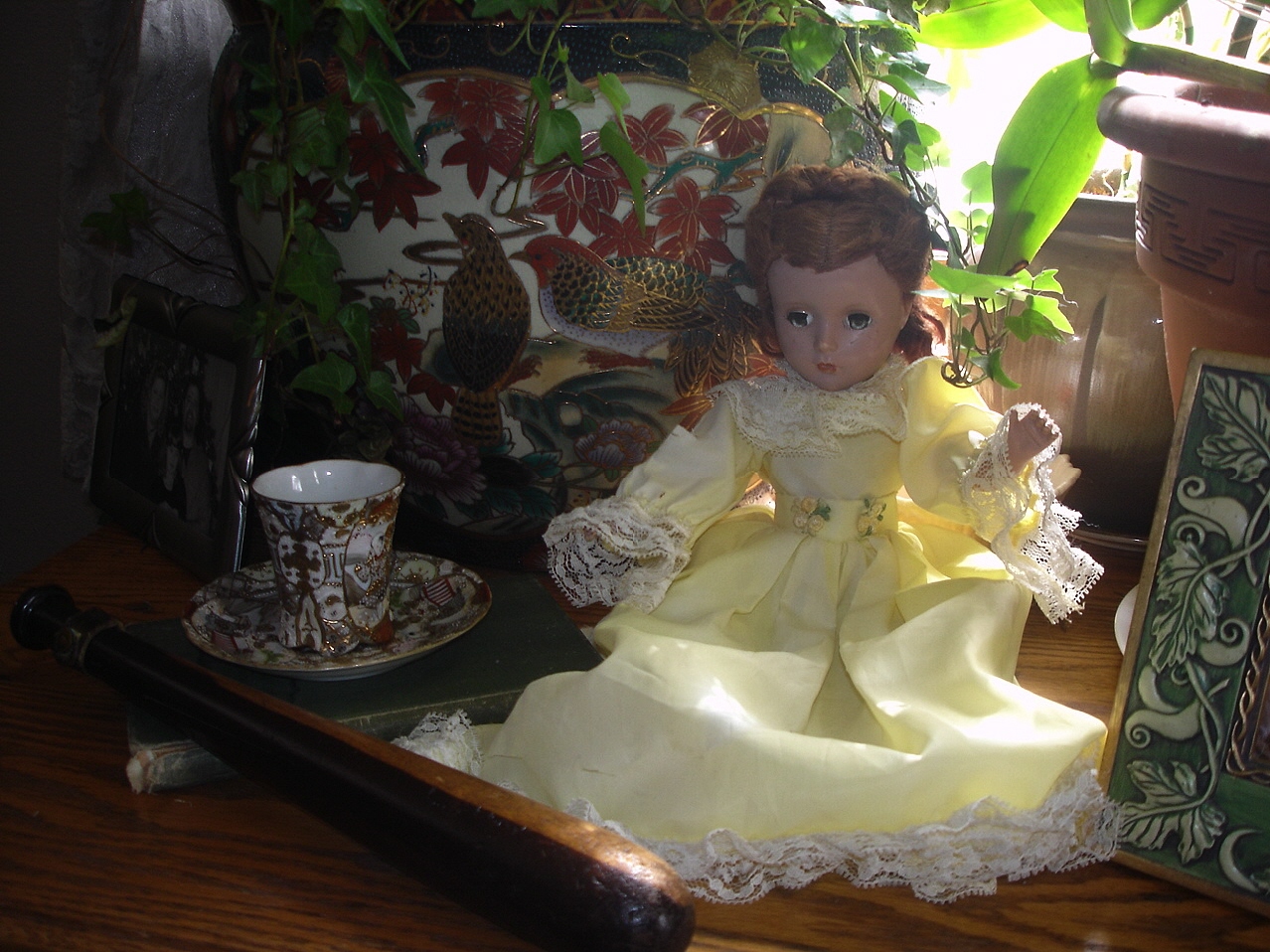The National Trust for Historic Preservation is once again commemorating National Historic Preservation Month in May. This year’s theme is “This Place Matters.”
I liked the theme, so I googled that phrase to see if there were a lot of events planned. I did run across several, and was also rewarded with a really neat website. While it doesn’t appear to be affiliated with Preservation Month, it certainly captures the spirit.
The site focuses on New York city and is called “Place Matters: A Census of Places that Matter.” Visitors can nominate a place and share their stories about it. Photos are available for some of the places, and some have multiple reviews and stories attached to them. Places covered range from St. Patrick’s Cathedral to a corner diner in Brooklyn to the Battle of Brooklyn burial site (which is sadly only marked by a plaque on the side of a building).
The site requires a free Adobe flash download. The list is searchable and you can filter by borough and neighborhood. Plus, there are several featured searches that will give highlights (e.g., Highlights in Central Brooklyn, The Revolutionary War in NYC, Place that Matters of the Week, etc.).
I spent a while browsing through and if you have roots in New York City, I highly recommend giving it a peek. Click here to access Place Matters: The Census of Places that Matter.
Click here to learn more about National Preservation Month in May and what you can do.




